Conference Program
Day 1: Tuesday, June 24
Opening keynote
Moderator
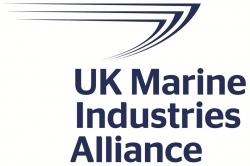 James Fanshawe CBE FNI
James Fanshawe CBE FNIChairman
UK MAS Regulatory Working Group
UK
Charting new waters: the evolving US regulatory MASS landscape
 Allison Skopec
Allison SkopecAttorney
Holland & Knight LLP
USA
Ms Skopec will discuss the complex regulatory, legal and operational issues surrounding MASS technology in the United States, exploring the opportunities and challenges associated with the integration of autonomous ships into the existing maritime framework. This presentation aims to provide a comprehensive overview of the current state and future trajectory of autonomous ships, offering valuable insights for stakeholders navigating this rapidly evolving sector of the maritime industry.
Setting the stage: Rule development for MASS
Moderator
 James Fanshawe CBE FNI
James Fanshawe CBE FNIChairman
UK MAS Regulatory Working Group
UK
Recommendations for assessing machine learning systems in autonomous shipping
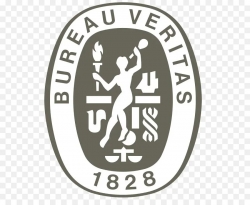 Bérénice Le Glouanec
Bérénice Le GlouanecTechnical advisor, AI and data
Bureau Veritas
France
From object detection systems to route optimization algorithms, machine learning (ML) technologies are transforming autonomous and smart shipping. BV M&O introduces a guidance note, set to be published by mid-2025, providing recommendations on the assessment of machine learning systems in the maritime and offshore industries.
Aligned with ISO standards, the European AI Act, and the Assessment List for Trustworthy Artificial Intelligence (ALTAI), the guidance note emphasizes principles such as human oversight, transparency, explainability, robustness, safety and accuracy. Key topics are presented, including risk management, data governance, ML development and deployment and governance throughout the ML lifecycle.
Introduction to the ClassNK guidelines for autonomous navigation systems
 Dr Makoto Ito
Dr Makoto ItoSenior scientist
ClassNK
Japan
This presentation introduces ClassNK's revised guidelines, which were published this year. Firstly, it provides an overview of the revised guidelines, which expand on the main part and specify detailed requirements for autonomous navigation systems (ANS) in the annex. The annex additionally describes safety evaluation methods using simulation techniques for fundamental ANS functions. The presentation then explains one such method in detail, focusing on the evaluation of the maneuvering control function. It introduces the method detail, including the creation of simulation scenarios, the requirements for the mathematical manoeuvering model and the performance indicators.
Making autonomous ships safe – DNV’s approach
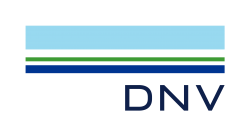 Steinar Låg
Steinar LågPrincipal approval engineer
DNV
Norway
DNV has developed a qualification process for autonomous and remotely operated vessels and systems to ensure an equivalent level of safety as for conventional vessels. This is applied in the new DNV AROS class notations. As the novel technologies and concepts create new and different risks, DNV employs a risk-based verification process, considering human factors and remote operations centers among other aspects, including new verification methods. As technologies mature and experience is gathered, rules and standards will develop and become more detailed and specific. Going forward, collaboration across the maritime industry is essential to achieve the safety objectives for autonomous ships.
Charting the way ahead for automation and autonomy
Panel Discussion
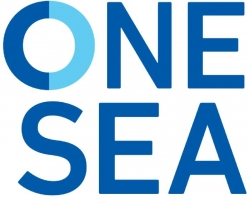 Sinikka Hartonen
Sinikka HartonenSecretary general
One Sea Association
Finland
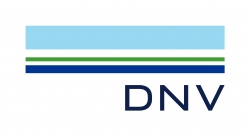 Jan van Tiggelen
Jan van TiggelenDiscipline leader digital transformation
DNV
Norway
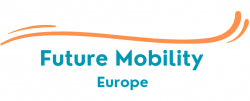 Najmeh Masoudi
Najmeh MasoudiAutonomous mobility advisor
Future Mobility Consulting
Belgium
James Fanshawe CBE FNI, chairman, UK MAS Regulatory Working Group, UK
Data and communications
Moderator
 James Fanshawe CBE FNI
James Fanshawe CBE FNIChairman
UK MAS Regulatory Working Group
UK
Digitalizing maritime communication with AI-driven voice interaction
 Emin Çağatay Nakilcioğlu
Emin Çağatay NakilcioğluShip and information management
Fraunhofer Center for Maritime Logistics and Services CML
Germany
As autonomous shipping advances, reliable and efficient voice communication remains a challenge. This presentation will showcase a domain-specific multilingual maritime speech recognizer that has been enhancing maritime operations by transcribing and processing VHF radio communications. Expanding on this, a new concept for autonomous vessels has been designed to enable AI-driven voice interaction, supporting seamless ship-to-ship and ship-to-shore communication. By integrating advanced maritime speech recognition with technologies like text-to-speech and natural language processing, this innovation has the potential to create a more connected and responsive communication framework between autonomous and crewed vessels, enhancing both safety and efficiency.
Maritime 5G for ocean digitalization: technologies, opportunities and visions
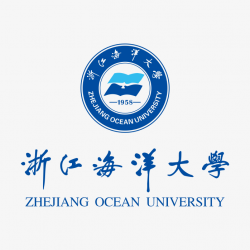 Prof Kun Yang
Prof Kun YangProfessor
Zhejiang Ocean University
China
The marine industry, a key pillar of the national economy, must advance toward digitalization and intelligence. Reliable, high-speed, cost-effective wireless communication is critical for enabling applications like unmanned ships, offshore industries and smart oceans. This presentation explores recent developments in maritime 5G technology, its applications across maritime sectors and future advances to support these innovations.
Can ships talk?
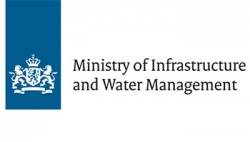 Patrick Potgraven
Patrick PotgravenProgram manager smart shipping
Ministry of Infrastructure and Water Management
Netherlands
The intentions of ships in the area are important for navigating a ship. Studies show that the automatic exchange of sailing intentions can improve safety and efficiency on waterways. The rapid uptake of track pilots on western European waterways is making sailing lines available digitally. The next step is to share these intentions with other ships in the area. This can help, for example, collision warning systems to predict collisions with great accuracy. In the second half of 2025, a large experiment will be carried out where intentions are shared, even between systems delivered by different suppliers.
The data and infrastructure requirements for MASS and RO
 Andre Burgess
Andre BurgessAssured autonomy program lead
National Physical Laboratory
UK
As the business cases for MASS/remote operations continue to grow, much activity is underway to ensure infrastructure can meet the needs of scaled-up uncrewed operations. Taking what has been learned from the Maritime Autonomy Assurance Testbed (MAAT) program, this presentation will explore the status of some of the critical enablers, including resilient PNT and connectivity, as well as the need for data quality standards and frameworks.
Simulation and modeling
Moderator
 James Fanshawe CBE FNI
James Fanshawe CBE FNIChairman
UK MAS Regulatory Working Group
UK
Applications of simulation in the uncrewed maritime sector
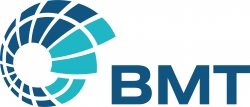 Will Roberts
Will RobertsMaritime autonomous systems engineer
BMT
UK
This presentation will explore the transformative role of simulation in the development of autonomous maritime systems. Looking across the whole engineering cycle, the speaker will delve into how advanced simulation techniques enhance design accuracy, reduce costs and accelerate development timelines. By examining key methods, the presentation will illustrate how simulation identifies potential design flaws, optimizes performance and ensures regulatory compliance. Furthermore, it will examine the synergy between simulation and real-world testing, highlighting their combined effectiveness in advancing the field of autonomous maritime technology.